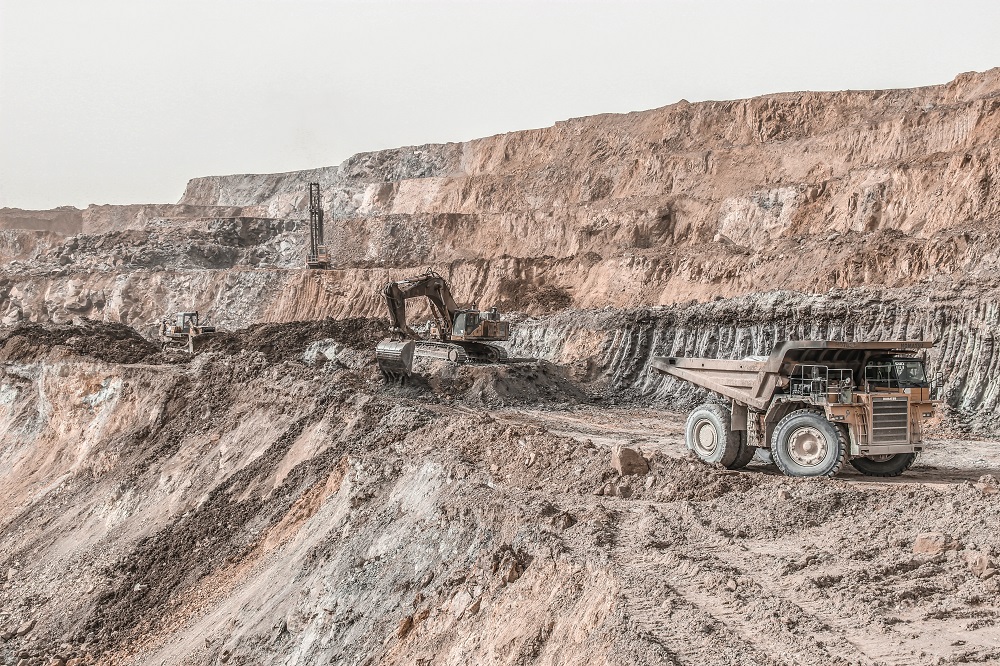As the U.S. competes with China for raw materials needed to develop sustainable energy, the U.S. government must engage in public private partnerships that enable access to Latin America’s copper deposits, according to a new report.
Latin America accounts for about 40% of the world’s raw copper production, but China produces 45% of the world’s refined copper, according to the Center for Strategic and International Studies (CSIS) report entitled “Latin America, the World’s Copper Stronghold.”
CSIS launched the report Nov. 13 with an online video discussion between Ryan C. Berg, Director of the Americas Program at CSIS, and Gracelin Baskaran, the Director of the Critical Minerals Security Program at CSIS.
“China had a decade long advantage on what I like to call, the mine to market supply chain across sectors,” said Baskaran. “They didn’t just want to mine it, they didn’t want to just process it, but they also manufactured the goods using the copper.”
China dominates smelting
China does not have the material advantage over the United States in raw copper ore, but it has a commanding advantage in the importation and smelting of copper ore.
While the world’s top two producers are Chile (27% of global output), and Peru (10%), with Mexico, Brazil, and Panama also being major producers, China leads the world in refined copper output. That’s why Chile and Peru export 68% and 76% of their copper respectively, Baskaran explained.
“The majority of value addition is currently happening in China even though the geology is in Latin America,” she said.
The major copper producers in the Latin American region, have signed long term offtake agreements with Chinese companies, to guarantee a copper supply for the Chinese market, according to Baskaran.
“It requires both the government and the private sector to come to the table, for us to be strategically wise, and not end up in the same predicament in 5, 10, or 20 years,” said Baskaran.
The U.S. government must be willing to take on risk and start trying to find new opportunities for American companies to compete. And to do so, US companies are looking towards the underdeveloped copper market in Argentina.
Argentina has the potential to be a world leading producer of copper but the country has neither developed the infrastructure nor found the copper-rich areas yet, according to the report. To be able to process this new ore, American companies will have to develop smelters, which would require help from the U.S. government, Baskaran said.
The U.S. has not put copper on the critical minerals list that was implemented in the Inflation Reduction Act. If the government does that, companies can receive more subsidies for mining and exploring for copper, said Baskaran.
China continues to build infrastructure
Meanwhile, China is strengthening its grip on Latin American copper with investment like a $3 billion deepwater port in Chancay, Peru, which opened Nov. 14, according to The Washington Post.
“When completed, the port’s 15 docks will be the first place in South America able to host carrier ships too big to fit through the Panama Canal. Chinese researchers have said the route will cut costs and shorten sailing times by 10 to 20 days,” said The Post. “The Chancay port will help Beijing improve its access to mines in South America’s second-largest producer of raw copper.”
With China putting down this level of infrastructure, the U.S. needs to invest now to start catching up in the future, Baskaran said. This battle will not be fought overnight, but over many years, she explained.














